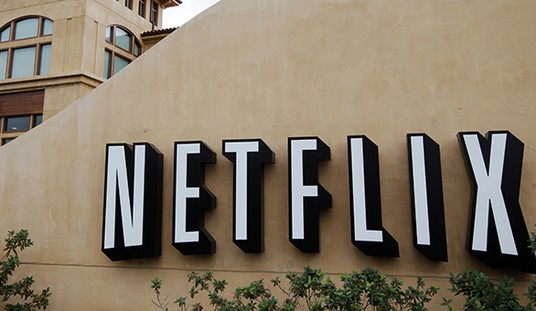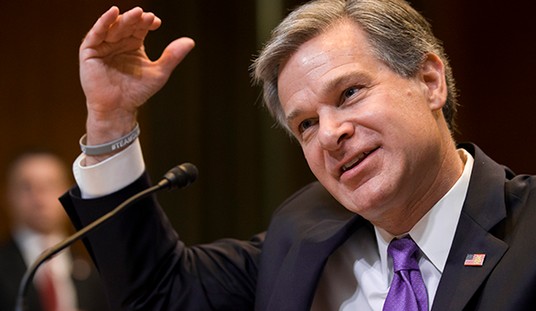It’s still on, at least for now — and at least for public consumption. As negotiations continue on trade with China, Beijing announced a new set of tariffs that will take effect when escalated US tariffs do the same. If this is a game of chicken, though, one side has a much bigger car:
The United States and China escalated their trade fight on Monday as Beijing moved to raise tariffs on $60 billion worth of American goods in retaliation for President Trump’s decision to punish China with higher tariffs on a slew of imports.
China’s finance ministry announced that it was raising tariffs on a wide range of American goods to 20 percent or 25 percent from 10 percent in response to Mr. Trump’s decision to raise tariffs to 25 percent on $200 billion worth of Chinese goods. China’s increase will impact the roughly $60 billion in American imports already being taxed as retaliation for Mr. Trump’s previous round of levies, including beer, wine, swimsuits, shirts and liquefied natural gas.
The S&P 500 fell more than 2 percent soon after trading began in New York, and shares of companies particularly dependent on trade with China, including Apple and Boeing, fared poorly. The benchmark index is now down more than 4 percent this month. Signs that investors are concerned about the economic impact of the escalating trade war also appeared in the corporate bond market and commodities markets.
In essence, China will tax the same goods they did before. The US has a wider range of goods to tariff, thanks to China’s protectionist policies at home, which has them at a disadvantage now. Furthermore, the US has more options for sourcing these items, as Donald Trump noted today on Twitter:
https://twitter.com/realDonaldTrump/status/1127965567359574016
https://twitter.com/realDonaldTrump/status/1127965569821626368
That’s true to some extent, but China has a lot more manufacturing capacity than, say, Vietnam. Companies have already used some of that capacity, and there may be a limit past which prices will have to rise and goods might not be as plentiful for consumers. Some of that manufacturing might shift back to the US, but the costs for that would run substantially higher. And even if it did shift back for a while, it might not last long. If China settles the trade issue with the US and reopens its manufacturing capacity, the costs would drop dramatically and the expanded jobs in the US would evaporate … exactly as they did before.
The delegation that arrived last week from China went home without any further progress being made after Beijing reneged on a number of commitments made in previous rounds. More negotiations will come, however, and that might include Trump himself:
Negotiations are expected to continue among high-level officials in the coming weeks. Chinese officials have invited U.S. Trade Representative Robert Lighthizer to Beijing, and probably Treasury Secretary Steven Mnuchin, but there are “no concrete, definite plans yet,” White House economic adviser Larry Kudlow said on Sunday.
There’s also a “strong possibility” that Trump and Xi could meet in Japan at the G-20 meeting next month to continue negotiations, Kudlow added.
Under normal circumstances, the heads of government would only handle the final strokes of an agreement. These aren’t normal circumstances, however. Trump sees himself as the ultimate dealmaker and might believe that he has to personally intervene to get Xi to budge. Xi, on the other hand, might believe that Trump is more personally malleable than his negotiators and could stall his side as well until the G-20 conference.
In the meantime, American consumers will pay the freight for tariffs on China’s goods, at least directly, despite Trump’s argument. Those costs get applied on arrival and passed along to consumers, just like any other tax. China’s manufacturers will get hit by lower demand, which is an indirect cost of tariffs, and of course China’s consumers will pay for their own government’s tariffs. The most acute losers in this scenario are the importers/distributors, who are now looking for waivers — and will get lots of them, according to Politico. That leads Axios reporter Jonathan Swan to ask the obvious question:
Questions for POTUS: If U.S. tariffs are paid by China and good for the U.S. economy, why would hundreds of U.S. companies apply for exclusions? But even more to the point, why would your administration grant them? pic.twitter.com/9wlquyfMF0
— Jonathan Swan (@jonathanvswan) May 13, 2019
Fair point. Tariffs might be necessary at this point to force China into concessions, but they’re not a good thing for American consumers or distributors in the short run. And there’s not much point in pretending otherwise.








Join the conversation as a VIP Member